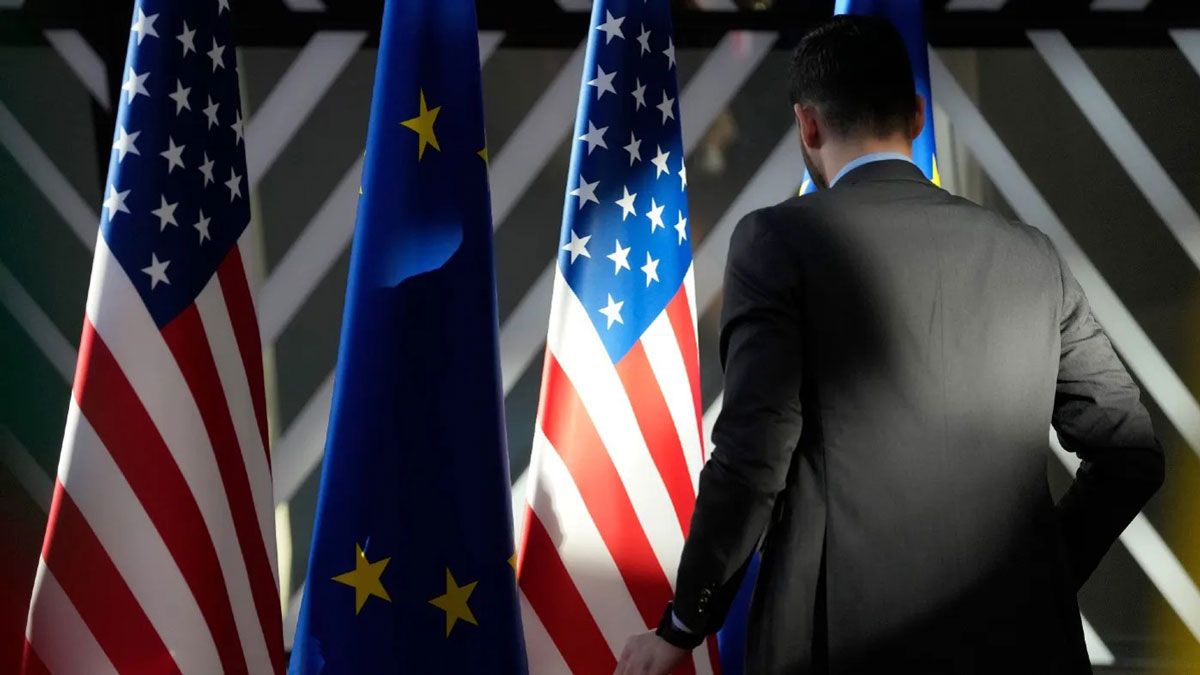US-China trade
The need to move beyond America’s new containment
Published 24 September 2024
A "small yard, high fence"-centered approach to China is ill-suited for today’s technological and geopolitical environment and threatens to have a deleterious effect on the global economy. Beijing’s distortive, state-backed industrial policy requires a more systemic response. A full-throated American defense of free trade and economic prosperity would better mobilize the private sector and American allies – as opposed to an approach that relies solely on tactical restrictions on trade and investment.
Over the past decades, breakthroughs in information technology have created a globalized environment in which global supply chains and markets, while they might not erase borders, entangle the international system in a common web. Beijing has taken advantage of the globalization trend and is now orders of magnitude more economically integrated into the international system today than was the Soviet Union. Since the early 1990s, China has maintained a trade-to-gross domestic product ratio above 30%.
US strategy has not updated in light of this change in the strategic environment. The dominant, consensus playbook for competing with China is one of technology and capital restrictions paired with efforts to mimic China’s state-led industrial policy – otherwise known as the "small yard, high fence" suite of tactic, dovetailing those adopted by the Coordinating Committee for Multilateral Export Controls (COCOM) during the Cold War. This reflexive complacency may well be strategic malpractice and an ill-timed refutation of contemporary market forces. They yield a near-certain path to ceding strategic advantage in critical technology fields and the economic and security competitions that depend on them.
First, the impossibility of the defensive side – the technology and capital restrictions aimed at containing China. In today’s globalized environment, goods and capital move quickly and in patterns that can be difficult to detect or monitor. China has been able to deliberately position its economy to avoid, and even manipulate, the US containment restrictions by building international outposts, developing partnerships with actors that have preferred access to the US system. China’s now well documented "localization" in Mexico, as well as its influence campaign in international governance, standard-setting, and market organizations are just some examples.
Second, the offensive element of the US consensus playbook – the efforts to mimic China’s state-led, enterprise-driven approach – face its own obstacles. The US is a decentralized system defined by separation of powers, not only within government but also between government and the private sector. Moreover, such an approach imperils the free and open economic system in ways that cede advantage to its adversaries. America’s tactics has diminished goodwill with global allies and partners and the multilateral fora at which they sit. The European reaction to the Inflation Reduction Act proves the point with a tit-for-tat of industrial policy reflected in the launch of the "Green Deal Industrial Plan."
For the US, there is a lesson to be drawn from the Cold War. But it is a lesson on how to think strategically – not of what specific strategic levers to adopt. China’s "state-led, enterprise-driven" economic model and its "military-civil fusion" strategy both ensure government influence over, and the ability to weaponize, economic engagement. They build on strengths of the Chinese system and target weaknesses of the US approach to competition – all, from the Chinese perspective, informed by the historical lessons of the Cold War and a deliberate study of the US system.
In response, the US needs a strategy of mobilization to solidify and sustain American strength over China and to re-establish the market-based vitality of the global trading system, write Nathan Picarsic and Emily de la Bruyère of Horizon Advisory. Such a strategy would prioritize creating an environment in which the private sector can compete – both by lowering regulatory barriers and providing a supporting infrastructure – and ensuring that the free trade system functions properly and sets disincentives for allies, partners, and potential geopolitical rivals from engaging in a race to the bottom of non-market behavior.
© The Hinrich Foundation. See our website Terms and conditions for our copyright and reprint policy. All statements of fact and the views, conclusions and recommendations expressed in this publication are the sole responsibility of the author(s).








